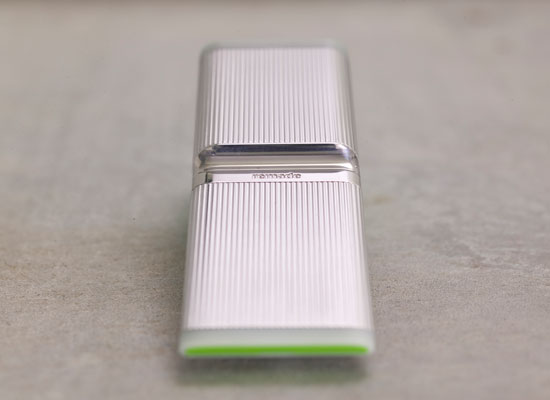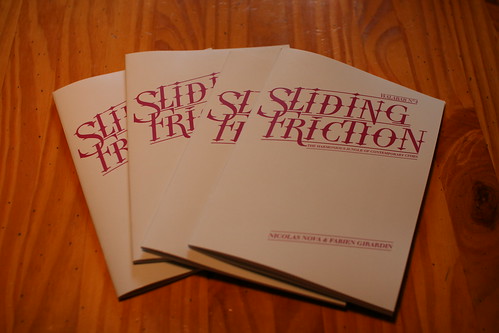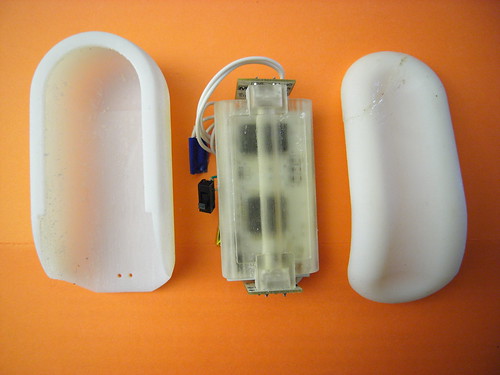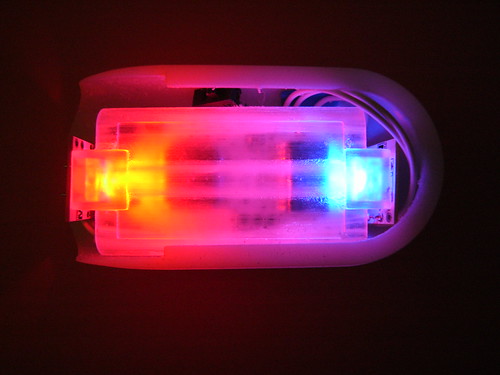Nokia Design’s Calabasas Studio has done something fantastic. They’ve taken design thinking and created an impactful concept initiative called "e;Remade". It’s what I would call a Theory Object — it is a provocation for serious conversations at the tippy-top of the Nokia enterprise to seriously consider how upcycling can become part of the design, construction and consumption of mobile phones. Materialized ideas on a really impactful concept.
The fantastic folks there at the Studio who worked on this include Andrew Gartrell, Duncan Burns, Rhys Newman, Raphael Grignani, Pascal Wever, Tom Arbisi, Simon James, Pawena Thimaporn and Peter Knudsen.
Raphael Grignani has a better description than I could put together on his blog. I’ll steal a paragraph or two here (see, also, Jan Chipchase’s remarks on Future Perfect)
The intent was to create a device made from nothing new.
We drew on a simple insight that in the not too distant future humanity will have extracted and worked much of the valuable minerals once buried in planet Earth. We will be compelled to reuse and celebrate what is essentially “above ground”. Thus we explored the use of reclaimed and upcycled materials that could ultimately change the way we make things.
In remade, recycled materials from metal cans, plastic bottles, and car tyres are used beautifully; whilst helping reduce landfill and preserving natural resources. The concept also addresses cleaner engine technologies, and energy efficiency through power saving graphics.
This is important stuff, particularly when you consider that Nokia makes a phone, like..every two seconds. They have to go somewhere — better they get “remade” than tossed in a heap somewhere.





